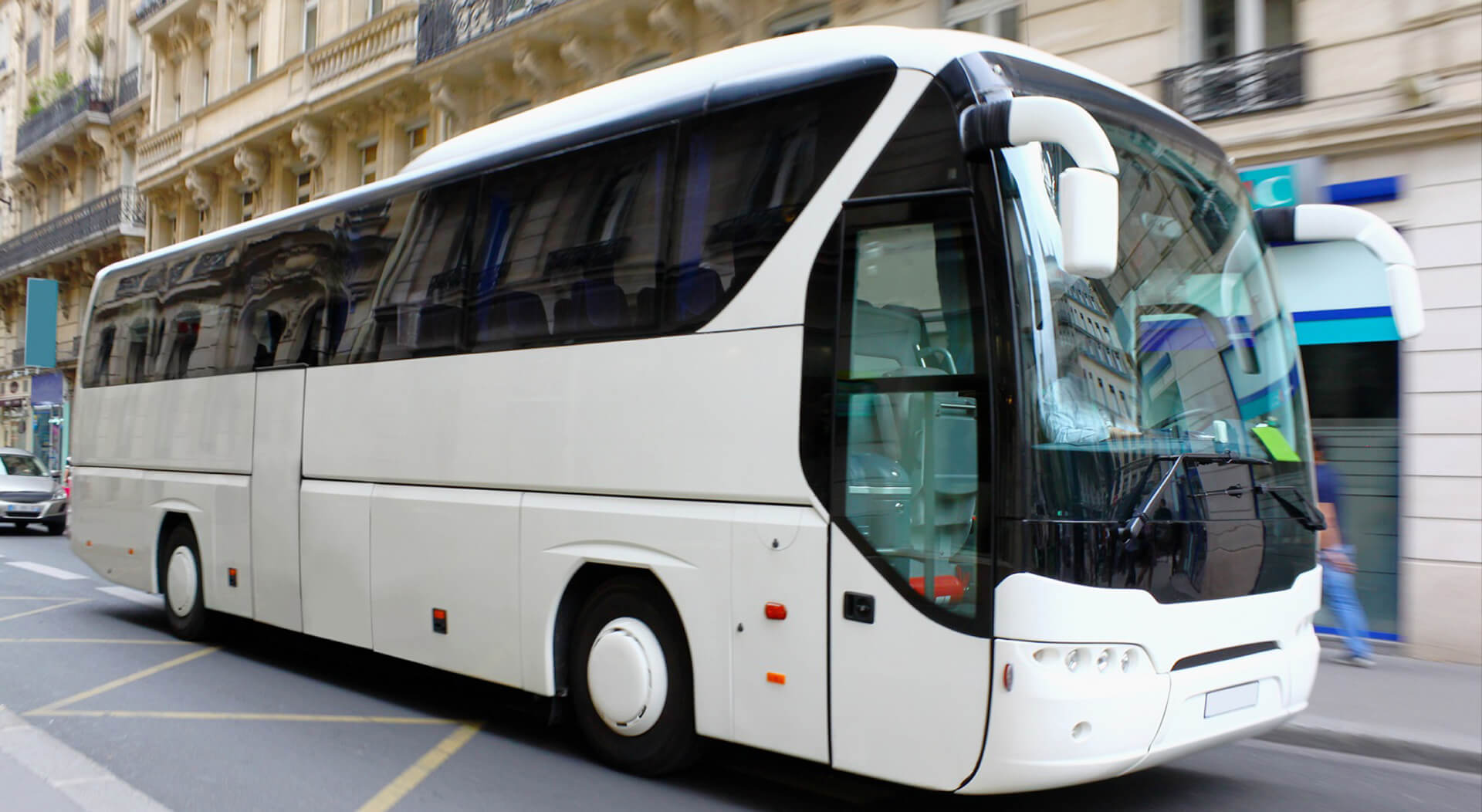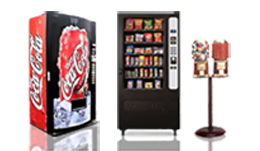5 Critical Things to Check Before Purchasing a Used Shuttle Bus

A shuttle bus is a service vehicle that “shuttles” its passengers from one point to another or transports them to two or more locations. Commonly, the airport to hotel route uses shuttle buses for their clientele. Another example is that of a bus that takes a group of students from one area of a large campus to another far area inside the same campus. So, that’s how a shuttle bus basically differs from other regular buses.
When you say bus, it pretty sure depicts something large and expensive. Yet, there’s a cheaper but efficient option to own one, and that is a used shuttle bus. Before you think of buying one to start your business, take time to look into some aspects.
What’s Inside
5 Things to Check Before Buying a Used Shuttle Bus
1. General Condition
Rusty parts – You can have a good look at the chassis and drivetrain if the vehicle is in a lift. From there, you can see if these areas have gone through a repair. Check for rust on the side panels, under or anywhere on the frame. Because rust increases every time it gets in contact with water, don’t ignore it no matter how tiny it is. In addition, it will just worsen over time if this issue is left unresolved.
Leaky transmission – Another thing to watch out for are signs of leaks, particularly in automatic transmissions. During a long haul, the transmission gets really hot and if that bus has a transmission with a weak or delicate front seal, leaking could start. Replacement for a leaky transmission could potentially cost you thousands of dollars for parts as well as labor. In addition, leaks can also occur in brakes or the hydraulic systems, and that as well entail expensive repairs. If you really need to buy a new one, choose only the superior quality hydraulic lines and hoses.
2. Maintenance Documentation
Another thing to remember is that, if the shuttle bus you have in mind has stayed with a fleet for some time, then it definitely has its own records of maintenance. Then again, if it was used for private purposes, you would have to do some ‘investigative’ work. Further, gather some info too, about the frequency of service for the transmission and the engine.
Do a test drive to be sure. At the start, transmissions work out just fine but in higher gears, they slip. Lastly, don’t bother to look for a manual since automatic transmissions are what’s commonly used nowadays in shuttle buses.
3. Fuel Efficiency
Know what you prefer when it comes to engine size and type. Bear in mind that gas-powered engines have a hard time with a heavier load of passengers and that clearly affects their fuel efficiency.
4. Style of the Body
Of course, you’d be expecting that the body of the bus is made of sturdy material. As for style, the entry/exit in the middle section could mean losing an extra seat or two. If you already have a seating configuration in your mind, don’t waste time looking for a shuttle bus without that configuration you’re looking for.
Hence, determining the type and number of passengers will also be an important factor to consider in terms of capacity. Are you thinking of shuttling business executives or school kids to a summer camp? Such types of passengers require different configurations.
Meanwhile, there are bus body styles having overhead storage facilities while others come with a rear entrance storage room. Choose beforehand which style you need. You can also ask your dealer to make overhead luggage racks or one that’s fixed on the floor.
5. Bus Size
As mentioned earlier, the number of target passengers matters so that you will have an idea of how big the shuttle bus should be. If it stipulates that the vehicle can carry 30 passengers but can actually cart only around 25, leave it.
However, if you can afford to revise the bus, see to it that its chassis will still be able to handle additional weight. Likewise, better verify from your state regarding laws for CDL (for Commercial Driver’s License) requirements on gross vehicle weight rating.
How Long Does A Used Shuttle Bus Last?
Proper maintenance is among the chief factors that could make your used shuttle bus last longer. Given that you’re adhering to certain procedures, your vehicle should continue to exist anywhere between eight to ten years. Here’s what you can do to keep your bus shuttling for as long as you need it.
- When you need to buy the right parts for the bus, always go to a specialty provider.
- For repairs and maintenance, always seek the best professional help.
- Have time for sanitizing the exterior and most importantly, the interior aspect since passenger turn-over is pretty fast.
- Hire an excellent cleaning service especially for the inside.
In reality, a shuttle bus has many passengers walking in and going out which can make the upholstery dirty. Hence, the need to sanitize. Most importantly, during the sanitation schedule, your engine also gets to rest. Remember that even if you take good care of your vehicle, it still needs to go through proper routine maintenance which only a maintenance crew of good performance can provide.






